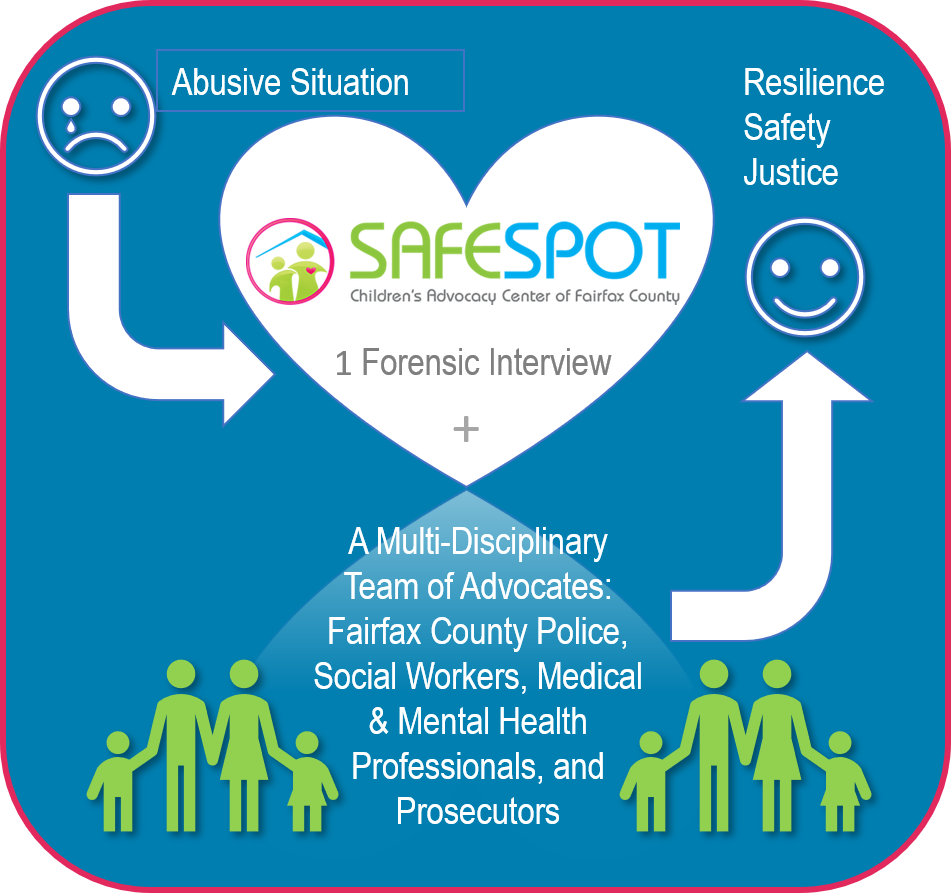Our detective, has been so nice and flexible. Everyone at the center has been very compassionate and understanding
Addressing the physical, emotional, and legal arms of abuse requires a unique centralized approach, only found within a Children’s Advocacy Center (CAC). It is in this child-focused and safe environment, that a coordinated response from trained experts provide the help and resources children victims and their families desperately need.
The primary goal of a CAC is to reduce the additional trauma experienced by child victims, improve prosecution outcomes, and provide efficient, compassionate, thorough, no-cost services to the child victim and non-offending family members.
Without the present centralized CAC model, child victims of yesterday were shuttled to multiple facilities, in which they would need to repeatedly recount their frightening story. Repetition only further imbedded the trauma. Today’s coordinated, team effort clearly and efficiently mended the old reality that no one agency by itself could ensure the protection of children.

